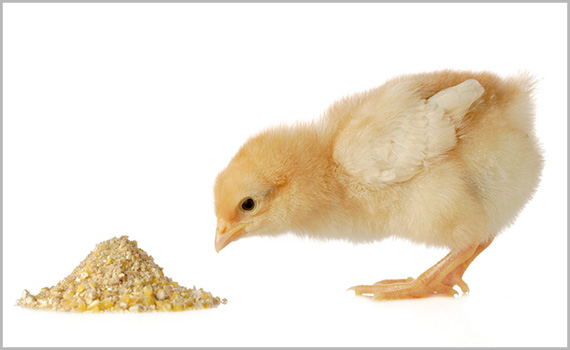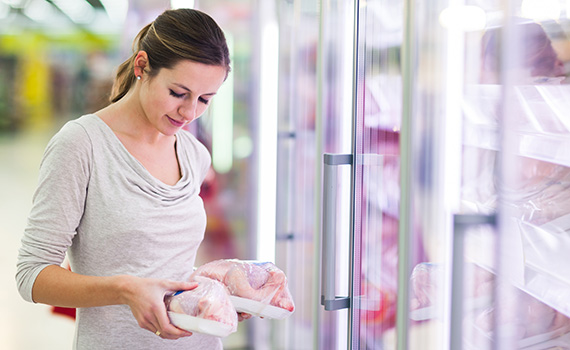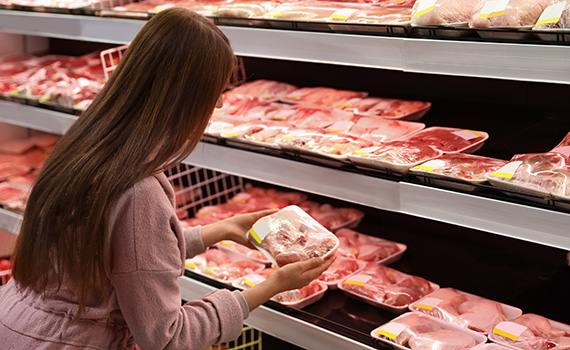While new data show growth for NAE production, responsible antibiotic usage still holding its own

 One in 5 tons of broiler feed produced by US poultry companies in 2016 was ticketed for “no antibiotics ever” programs — up nearly 67% from 2015 and nearly a seven-fold increase since 2014, reports Greg Rennier, PhD, president of Rennier Associates Inc., Columbia, Mo., a firm that tracks poultry-health trends.
One in 5 tons of broiler feed produced by US poultry companies in 2016 was ticketed for “no antibiotics ever” programs — up nearly 67% from 2015 and nearly a seven-fold increase since 2014, reports Greg Rennier, PhD, president of Rennier Associates Inc., Columbia, Mo., a firm that tracks poultry-health trends.
“We’ve gone from 12% ‘no antibiotics ever’ in 2015 to 20% in 2016,” said Rennier, who mixes interviews with top poultry complexes, fact checking with industry sources and a proprietary model to compile reports for leading animal-health companies.
The 20% figure for “no antibiotics ever,” or NAE, programs was consistent with Rennier’s earlier prediction of “18% to 22%,” published this past January in Poultry Health Today magazine.
Big surprise
The big surprise was a new subset of data from Rennier, who also looked at broiler-feed tonnage used in the “last program” of 2016 — “the programs poultry companies were running the last few months of 2016 and into the new year.” (Figure 1.)
During that period, the tonnage of broiler feed manufactured for NAE programs surged to 34% — “almost triple what it was for the entire year in 2015,” Rennier told Poultry Health Today in an exclusive interview.

Figure 1
While NAE programs appear to have “accelerated mightily” toward the end of 2016, Rennier said, he cautioned that “this is a point in time” and not necessarily indicative of NAE feed production for the rest of 2017.
Pointing to traditional spikes in respiratory diseases in the winter months, Poultry Health Today asked Rennier if he was surprised by the downturn in antibiotic usage that time of year.
“Maybe a little, but the increase in NAE tonnage was also timed with press releases and announcements that were made by of couple of the major poultry companies that they were going NAE,” Rennier said. “These data certainly verify that.”
Rennier also pointed to the new veterinary need directive (VFD) rules that kicked in Jan. 1, 2017. “The VFD definitely had an impact on antibiotic usage during the last program,” he said.
“One question I asked everybody is what they were going to do with virginiamycin this year,” he said, referring to a feed antibiotic that lost its performance claims under the new VFD rules.
“Some people told me they were just going to back away from it for a while. Others said they simply didn’t want to deal with the issues surrounding these types of antibiotics,” which are considered medically important by FDA. “I think there’s also some awkwardness with the VFD program.”
Holding their own
Despite the growth of NAE programs, Rennier said he expected so-called “full spectrum” programs, where poultry companies reserve the right to use all FDA-approved antibiotics, and “reduced use” programs that employ only animal-only antibiotics (e.g., ionophores plus bacitracin, bambermycin, avilamycin), would continue to hold their own.
In 2016, the full-spectrum feed tonnage fell to 28%, down from 34% the previous year, while reduced-use use tonnage increased from 18% to 23%. Together, Rennier said, the two categories combined for 51% of the total broiler-feed tonnage.
“There still a good group of people out there using full-spectrum and reduced-use programs,” Rennier reported. “It’ll be interesting to watch, but it seems to me we may have hit the floor with those and these producers will continue using antibiotics” to ensure flock health and welfare.
Feeds made only with ionophores — a class of antibiotics used for preventing the ubiquitous parasitic disease coccidiosis — accounted for 29% of the 2016 broiler-feed tonnage, down from 35% in 2015.
“As NAE tonnage grew, it seems to have taken away from the ionophore portion,” Rennier said, adding that the downturn in ionophore usage may be only temporary.
Most producers on NAE programs rely mostly on vaccines and non-ionophore anticoccidials (NIAs) to manage coccidiosis. Should resistance develop to NIAs from increased and more frequent usage, ionophore usage could increase.
50-50 split?
“We’re almost looking at a 50-50 market — 50% that’s full-spectrum or reduced use, and the other half that’s NAE or ionophores only,” Rennier said.
“I’m wondering if those four categories are going to stabilize or if we’ll continue to get some movement in each category. But either way, I think we’re looking at a 50-50 split for the short-term future.”
The evolution of process-verified programs such as Certified Responsible Antibiotic Usage also could help to stabilize swings in antibiotic usage, Rennier said.
For more insights from Rennier, go to:
Fast growth seen in ABF production, but for how long?
Industry trendwatcher offers insights, analysis of antibiotic-free poultry production
Posted on April 6, 2017
 We’re glad you’re enjoying
We’re glad you’re enjoying










